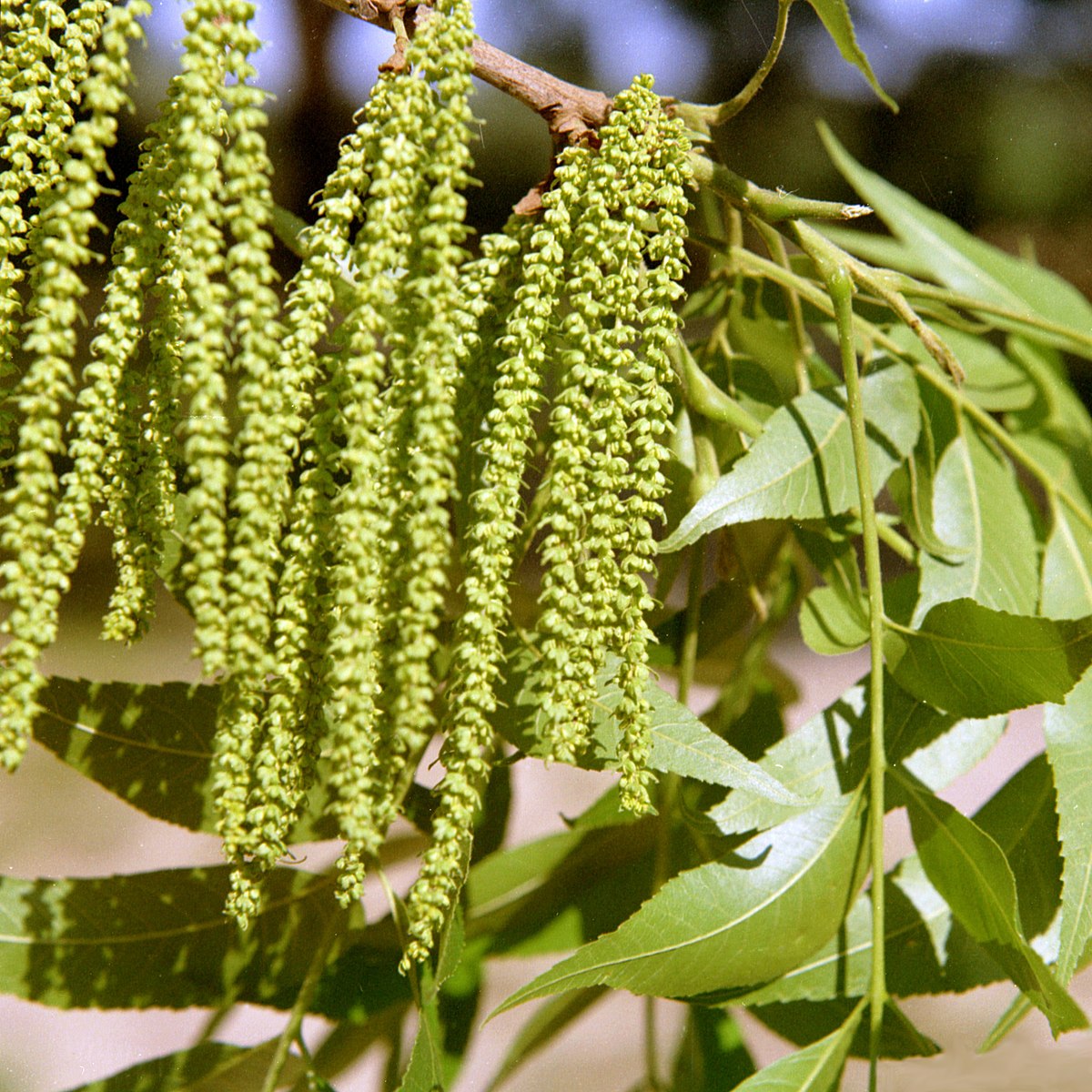Summer Shipping
To decrease travel time during the Summer heat, we are only shipping packages Monday through Wednesday. Please allow 7 days from order date for shipping.
Delivery times will vary based on your location.
Cookie consent
We use cookies and similar technologies to provide the best experience on our website. Refer to our Privacy Policy for more information.
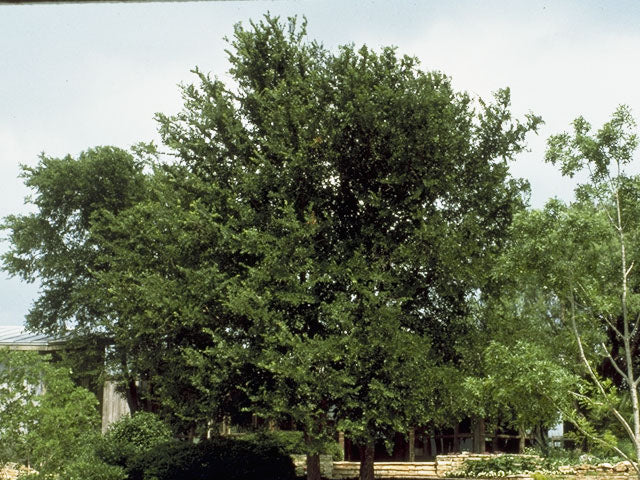









You haven't linked a page yet. To configure this you'll need to go to the
Product page > Variant picker block.Customers Also Liked..
skip carousel
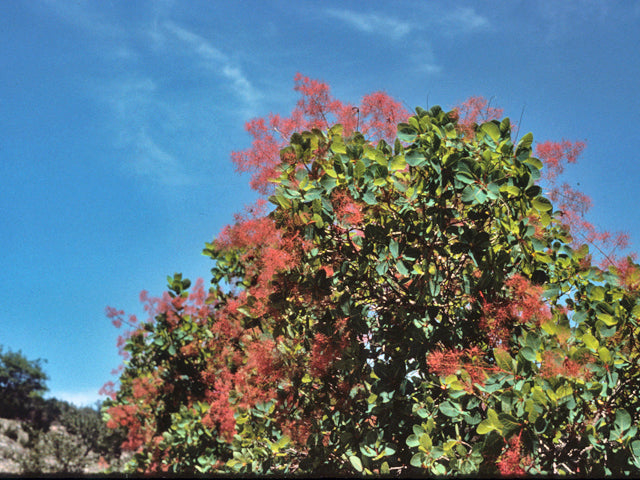
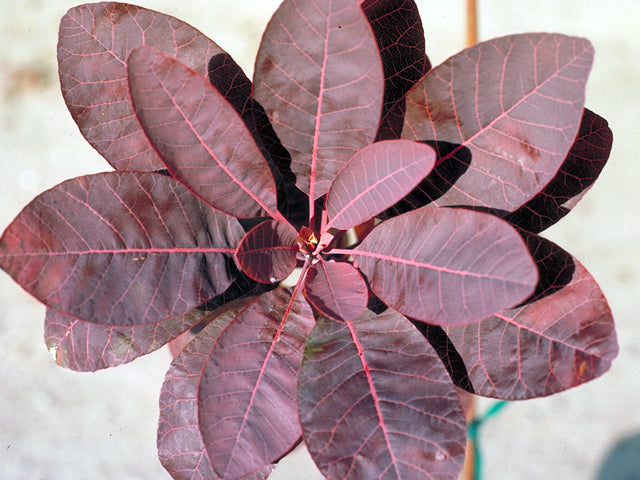
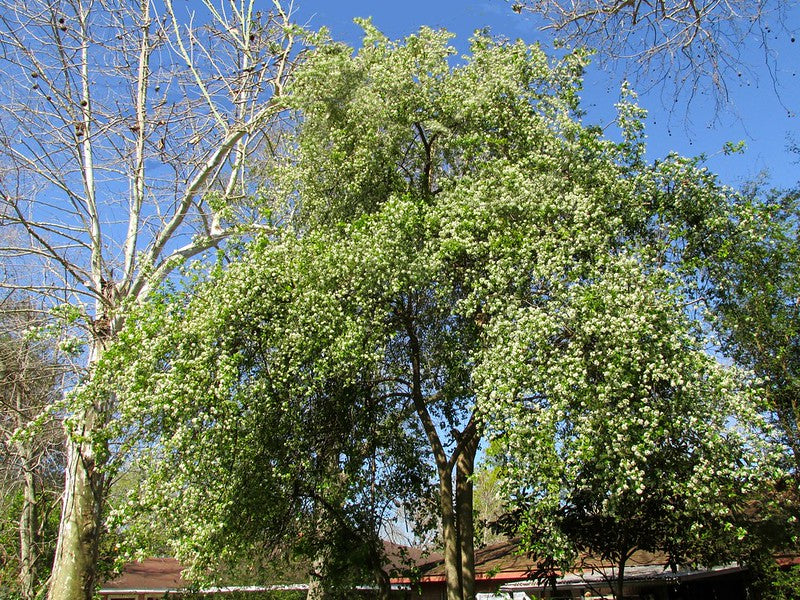
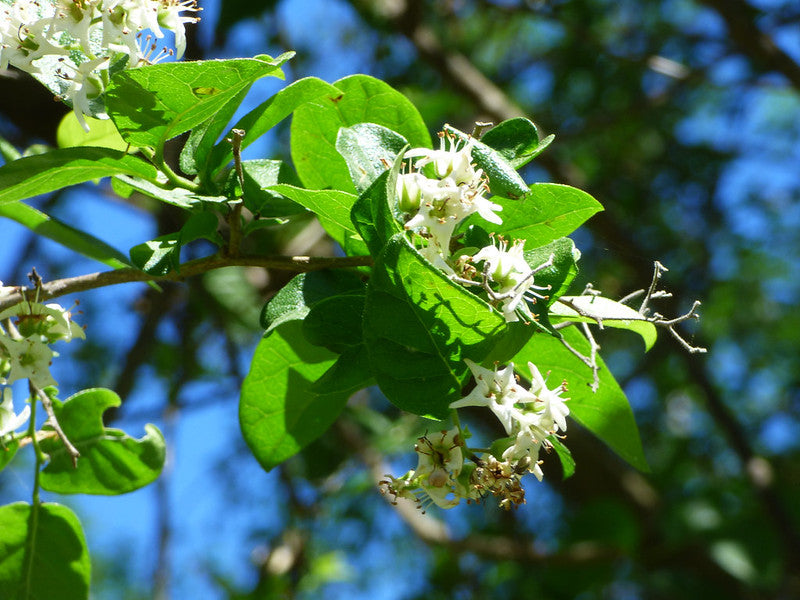
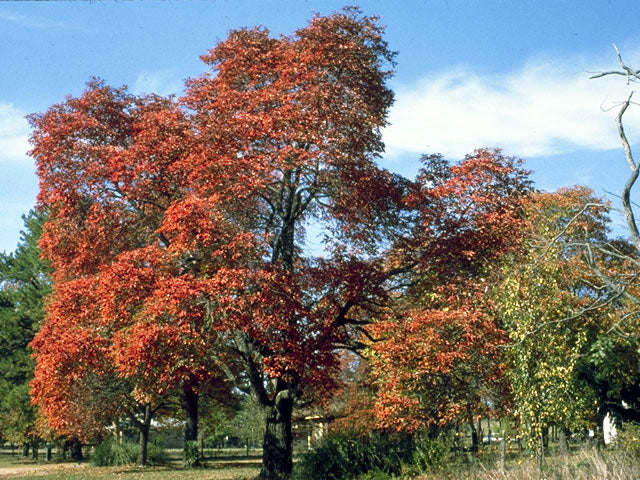
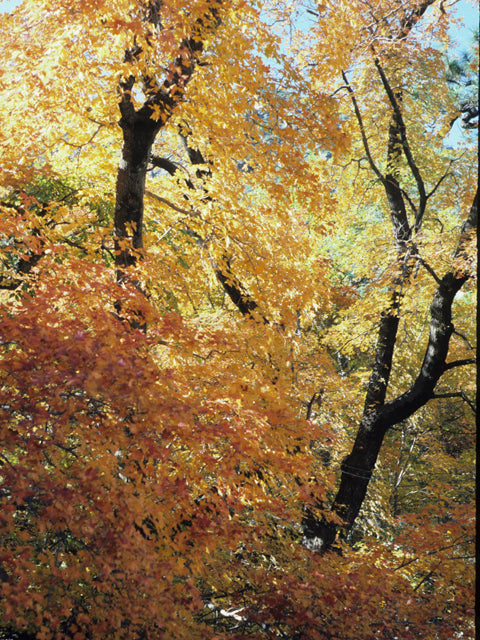
Out of stock


Native Gardeners
American Smoke Tree
From$58.00
Out of stock


Native Gardeners
Anacua Tree
$67.50
Out of stock


Native Texas Nursery
Bigtooth Maple
From$250.00








